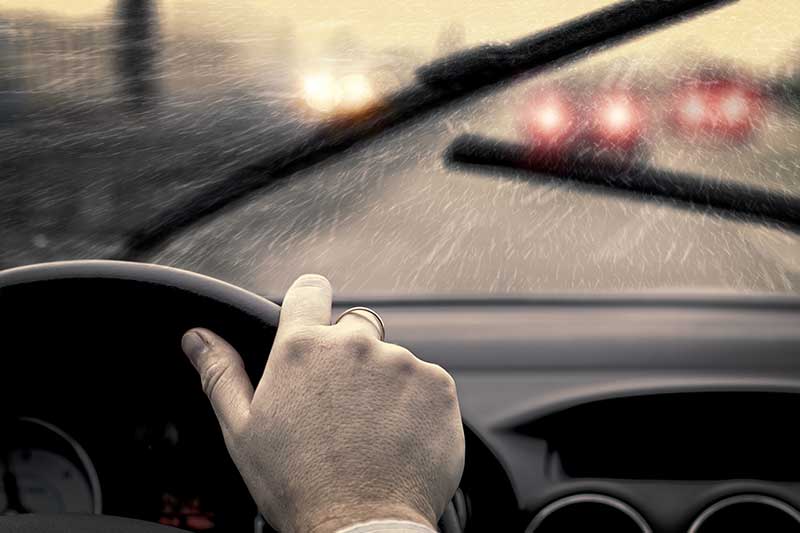There is no doubt that being told by your optometrist that you are no longer able to drive due to your eyesight deteriorating is one of the most devastating aspects of being diagnosed with sight loss. However, if you feel that your sight has deteriorated in any way, do not let it put you off going for a sight test in fear you could lose your license; you could lose a lot more if you get into an accident.
A case study, which happened in 2018, when 82-year-old Peter Gardner of Whitchurch, Hampshire, collided on a country road with a cyclist, whilst travelling at the speed limit and obeying all laws of the road, except for one. Mr Gardner’s eyesight had deteriorated to the point that he could only read a number plate from 3 metres away. The legal requirement for people to be able to read a number plate is 20 metres. The cyclist that Mr Gardner collided with, Jim Tassel, later died from his injuries.
Mr Gardner had been stopped by police just a short while before his tragic accident where they had judged his sight too poor to continue driving, lawfully instructing Mr Gardner to inform the DVLA that he was an unfit driver and was to surrender his licence immediately. This lawful order was given under Cassie’s Law which was passed when another driver with failing eyesight caused the death of 16-year-old Cassie McCord. At the time, police had no immediate power to instruct drivers to surrender their licences and Cassie was struck and killed whilst police were in the then drawn-out process of getting Mr Horsfall, who caused the crash, to relinquish his licence.
Mr Gardner, having failed to surrender his licence was later found guilty of causing death by careless driving, despite obeying the speed limit and not driving in an otherwise dangerous way. Mr Gardner was jailed for six months for his crime, where Judge Andrew Barnett said:
“You drove, not at a great speed, to collide with devastating effect, catapulting [Tassell] into the air, who suffered traumatic injuries which he died from on July 28. An eyesight test showed you could only read a number plate at three metres as opposed to [the regulation] 20 metres. That is quite a significant impairment.”
In August 2018, the retired rail worker was told by an optician that he might be developing cataracts and that he should return in 12 months’ time. Gardner failed to arrange a follow-up appointment.
“I am told that you hadn’t noticed any deterioration of your eyesight,” said the judge.
“I find it hard to believe you had not realised as you had continued to drive to the period of the collision. It must have been obvious to you that you were not seeing things as you should.
“It seems to me that your recklessness and foolishness are quite obvious when you weren’t seeing properly.”
Tassell’s daughter Emma said: “It is abundantly clear that you should not have been behind the wheel of a car.” She added that Gardner was “selfish and incompetent” for “choosing to drive with terrible eyesight”.
Following the sentencing, the Tassell family issued a statement calling on drivers “with poor eyesight to ensure they are medically fit to drive”.
The fact of the matter is, that driving whilst visually impaired not only endangers your safety, but others around you. However, it can also affect your freedoms as knowingly driving with low vision now carries custodial penalties. If your optometrist has told you that you must stop driving, you must do so immediately and whilst this is devastating enough for your freedom and independence, there are other options for you out there for means of travel, especially if you are registered as visually impaired. Contact your local sensory team at your council to find out about these options and read on to find out what happens when you go for a sight test regarding your driving ability.
For further reading on this subject from ComparetheMarket, please refer to https://www.comparethemarket.com/car-insurance/content/driving-with-poor-eyesight/
